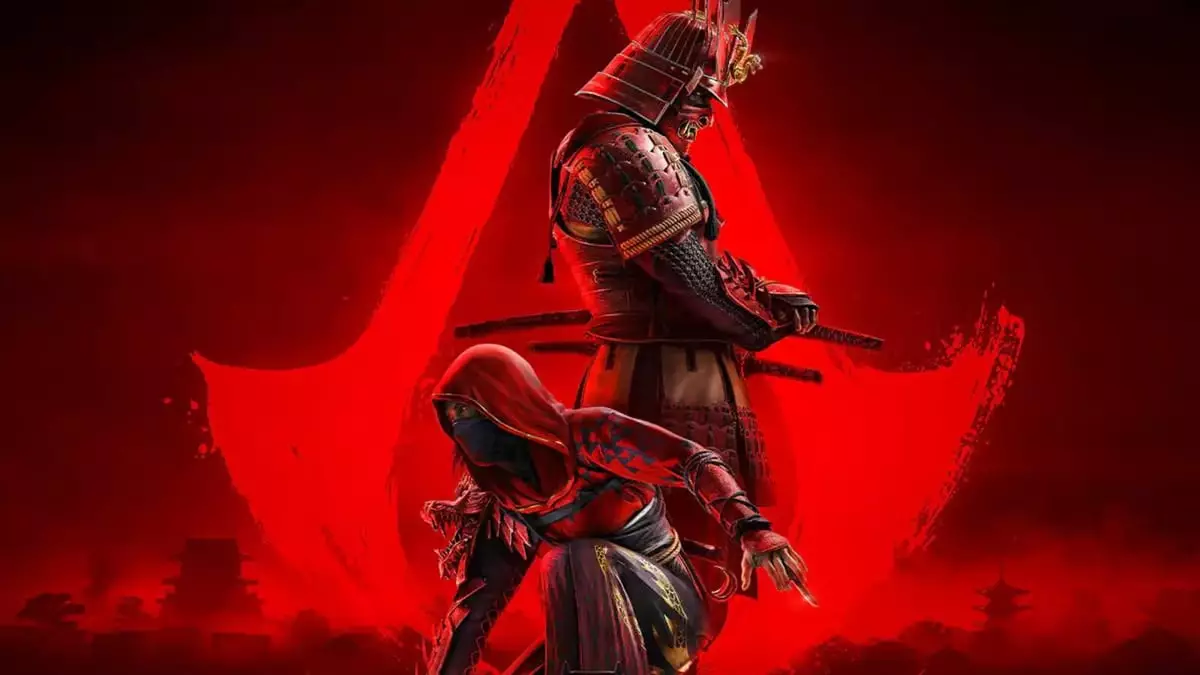The gaming community awaits with eager anticipation as rumors suggest Ubisoft is preparing to bring one of its flagship franchises, Assassin’s Creed, to the highly anticipated Nintendo Switch 2. This marks a significant shift in Nintendo’s approach to third-party titles, especially mature and visually demanding games like Assassin’s Creed, which historically have been more at home on PlayStation and Xbox platforms. The prospect of the franchise on the Switch 2 is not just about expanding the audience but also about challenging Nintendo’s reputation for more casual and family-friendly gaming. It signals a strategic move by Ubisoft to leverage the increased hardware capabilities to deliver a more immersive, console-quality experience on Nintendo’s hybrid device.
The mention by Yves Guillemot on Ubisoft’s earnings call hints at a broader vision: Assassin’s Creed Shadows isn’t just arriving on a new platform—it embodies the company’s confidence in the Switch 2’s power. If Ubisoft is willing to develop and support mature titles on a system traditionally perceived as less capable, it underscores a belief in the device’s potential to host complex, visually rich games. Such an endeavor could redefine Nintendo’s competitive stance and will likely influence other developers’ considerations when porting their flagship titles.
Reimagining Assassin’s Creed for a New Audience
The leap from traditional platforms to the Switch 2 promises more than just technical upgrades; it invites a reimagining of what Assassin’s Creed can become. The series already boasts a diverse historical setting, but Shadows introduces players to violent, gritty depictions of feudal Japan—a brave choice given Nintendo’s reputation for curated content. PEGI’s rating of 18+ highlights violence that is more visceral. For the Switch 2, Ubisoft has an opportunity to refine and adapt this mature content in a way that feels authentic yet appropriate for handheld and hybrid gameplay.
In transitioning to a portable format, developers will need to balance fidelity with accessibility. The challenge lies in maintaining the game’s intense visual storytelling, combat mechanics, and open-world exploration without overburdening the system’s hardware. Successful adaptation could redefine the expectations for what is possible on a Nintendo handheld, bridging the gap between casual players and dedicated gamers craving depth and complexity.
The game’s content—graphic decapitations, violence against vulnerable characters, and historical depictions—also raises questions about platform censorship and audience targeting. Nintendo’s historical reluctance to host ultra-violent titles has started to soften, especially with an aging demographic that demands mature content. Assassin’s Creed Shadows, if well-adapted, could serve as a catalyst for Nintendo to embrace more varied content, broadening the appeal of its consoles.
Strategic Implications for Ubisoft and Nintendo
This move is a strategic gamble that could pay dividends for Ubisoft. By establishing Assassin’s Creed Shadows on the Switch 2, the publisher can tap into Nintendo’s vast existing user base, possibly attracting players who may have dismissed the franchise due to hardware limitations or platform restrictions. It also signals Ubisoft’s willingness to invest in the Switch’s future, contrasting with the company’s past focus on more powerful consoles.
For Nintendo, the inclusion of Assassin’s Creed on the Switch 2 signals a maturing ecosystem, capable of hosting games that push the limits of portable gaming. It presents a potential to elevate the console’s status from a primarily family-friendly device to a versatile platform capable of delivering premium AAA experiences. The challenge will be ensuring that this mature content doesn’t alienate core Nintendo users while expanding the system’s demographic reach.
Furthermore, Ubisoft’s support for titles like Star Wars Outlaws alongside Assassin’s Creed Shadows indicates a broader strategy: diversify the Switch 2’s library with high-profile, cross-genre titles that appeal to different segments of gamers. This could make the system a more compelling choice not just during Nintendo’s traditional holiday cycles but year-round, competing directly with more powerful dedicated gaming machines.
Reflecting on the Future of Gaming Portability
The transition of Assassin’s Creed Shadows to the Switch 2 embodies the shifting landscape of portable gaming. It challenges the long-held stereotype that handheld devices must only offer light, casual experiences. Instead, it suggests that future handhelds—especially those wielding significantly improved hardware—can host console-quality, story-driven adventures with mature themes.
The success of this transition hinges on how well Ubisoft and Nintendo manage technical constraints, content regulation, and audience expectations. If executed thoughtfully, Assassin’s Creed Shadows could redefine what players expect from Nintendo’s next console—blurring the lines between portable and home gaming and rewriting the narrative around mature content in Nintendo’s ecosystem.
Ultimately, this move isn’t merely about a game port; it’s a declaration of confidence in the Switch 2’s potential and a daring step toward a more inclusive, powerful, and mature gaming future where portability doesn’t come at the expense of quality or depth.

